On a trip to Vienna, I met Schönbrunn, a castle that Leopold I began to build and who hired the great architect Johann Bernhard Fischer to design it. Construction began in 1696 and was completely completed and got its present appearance in 1743 during the reign of Empress Maria Theresa. She added another floor to accommodate as many as sixteen of her children. The building got its favorite color - Schönbrunn yellow.

The second, but the oldest surviving child of Charles VI, emperor of the Holy Roman Empire, Maria Theresa was born early in the morning of May 13, 1717, shortly after the death of her only brother Leopold.
The birth of a female child caused great disappointment among the emperor and the inhabitants of Vienna, because everyone was looking forward to the male heir. It turned out, in vain.

After Maria, the emperor had two more daughters and something became certain, unimaginable until then - the Habsburg throne was taken over, for the first time in history, by a woman!
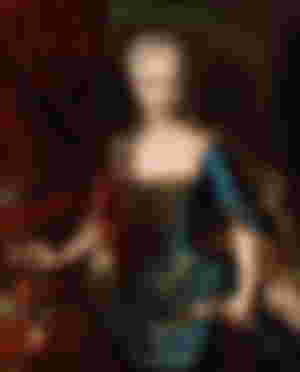
The Hazburg family did not have direct male heirs, and Charles VI did everything to enable the succession to the throne through the female line, which was a precedent in the European courts of the 18th century. Her father is the so-called With the pragmatic sanction from 1713, he enabled him to inherit territories that could otherwise be inherited only through the male line and by men.
Thus, not without struggle and opposition, it happened that after his death in 1740 Maria Theresa became Archduchess of Austria, Queen of Hungary, Bohemia, Croatia, Galicia and Lodomeria, Queen of Germany, Grand Duchess of Tuscany, Duchess of Lorraine, Duchess of Mantua, Milan , Parma, Piacenza and Guastale, ruler of the Austrian Netherlands and numerous counties.
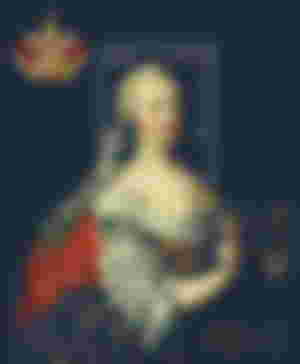
Ironically, Maria Theresa was never crowned Empress. The emperor was formally her husband - Franz Stefan, and only when he became emperor of the Holy Roman Empire, Maria Theresa, but only as the emperor's wife, received the title of empress.

Although she was expected to hand over power to her husband, and later to her son Joseph, who were formally her co-rulers in Austria and the Czech Republic, Maria Theresa was the absolute ruler of her estates and the only woman in the history of the Habsburg monarchy to become ruler.

Maria Theresa encouraged and implemented various and numerous reforms with the help of her ministers. It reformed education and financing, encouraged trade and agricultural development, which significantly strengthened Austria. It introduced a general school obligation, so that all children from 6 to 14 had to go to school. It encouraged the development of manufactories in Austria.
It modernized the army. Reorganized finances and the state treasury. She forbade witch hunts and torture. She did everything to, although she was very pious, to subordinate the church to the authority of the state.

Contemporaries often write that Maria Theresa did not possess a special intellect, but that she was still characterized by qualities valued by the monarch - kindness, reasonableness, determination and, most importantly, willingness to admit the mistake and mental superiority of his advisers.
In 1736, Maria Theresa married Duke Franz Stefan. The couple knew each other from before because the groom had been living at the Viennese court since he was fifteen, and that was a rarity.

Unlike many people of her time, Maria Theresa was truly in love with her husband, but the marriage suffered from infidelity on both sides. Still, the couple didn't seem to mind. The two were bound by rights, primordial affection and love greater than purely bodily.
During his reign, Franz I had only a nominal role, while Maria performed the main state affairs. He is known for giving his wife a zoo for her birthday, today the oldest of its kind in the world - on the estate of the Schönbrunn Palace in Vienna.

Despite the fact that both Franz and Maria had love affairs, their marriage is considered happy. Franz I died suddenly on August 18, 1765 in Innsbruck on his way back from the opera. Their eldest son Joseph was elected emperor of the Holy Roman Empire and ruled together with his mother until the empress's death.
Maria Theresa wrote: "I lost my husband, my friend, the only thing I loved."
In the span of 20 years, Maria Theresa gave birth to 16 children, 13 of whom survived childhood. She had eleven daughters and five sons.

There was no rest for Maria Theresa! Almost all the pregnancies took place while the war was going on somewhere in the huge territory she ruled. The war and the births had to take place at the same time. The Empress often stated that she wanted to go to battle, but she was prevented by constant pregnancies.
She was a caring mother and, after the children grew up and left home, she wrote to them at least once a week because she believed she had authority over them, even if they were kings and queens.
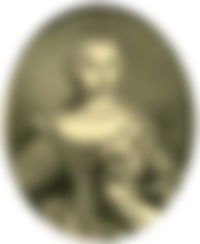
Namely, the empress dedicated a good part of her life to finding marriage partners for her children. She conducted marriage negotiations along with war campaigns and government affairs.
She treated children with love, but used them as pawns in dynastic games, and sacrificed their happiness for the benefit of the state. Sons Joseph and Leopold were the immediate heirs to her throne, while daughter Marie Antoinette ended up under the guillotine as the wife of King Louis XVI of France.
Maria Theresa was not perfect, far from it! She was conservative in terms of state affairs as well as in terms of religion. She was a religious Catholic, without any understanding for other religions whose members were converted to the territory of her empire. Protestants were oppressed, persecuted in sparsely populated areas of present-day Romania.
She fought against immorality all her life. Prostitutes, adulterers, sodomites, homosexuals were tried at the Court of Innocence she founded… Punishments ranged from flogging to death, and this of course did not apply to her many lovers.
However, when she died on November 29, 1780, at the age of 63, Maria Theresa left behind a restored empire that affected the rest of Europe long after her death. Her successors followed her example and continued to modernize.
Greetings! @tired_momma

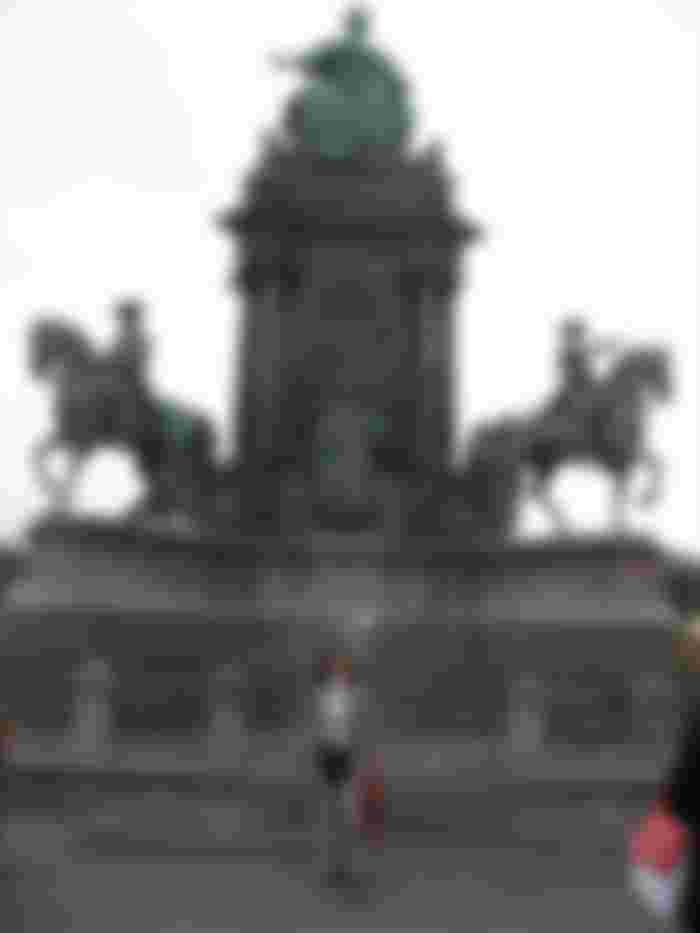
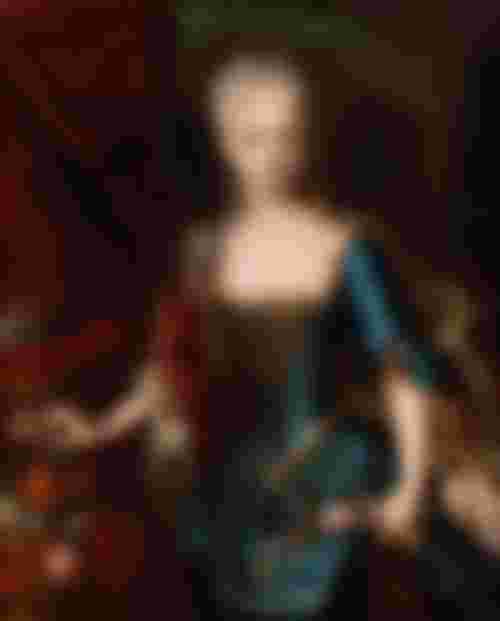
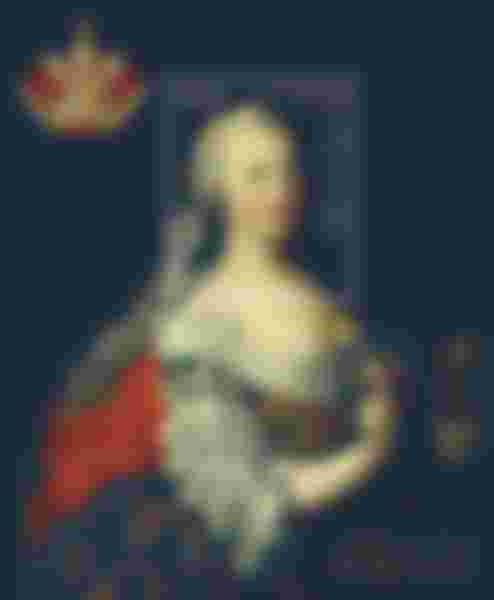



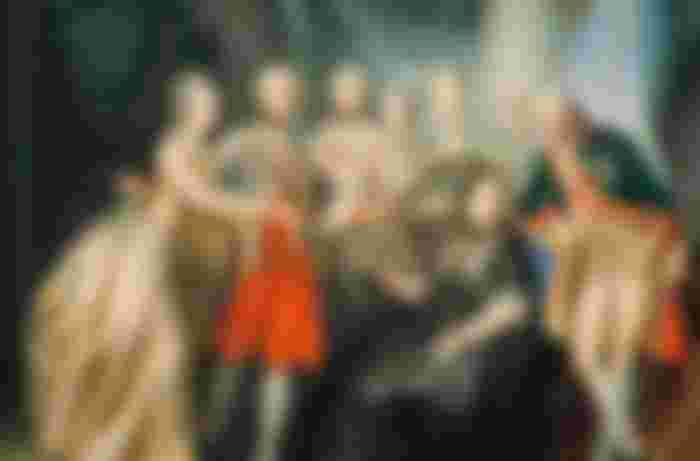


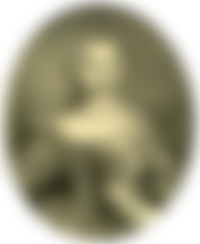
Awesome historian